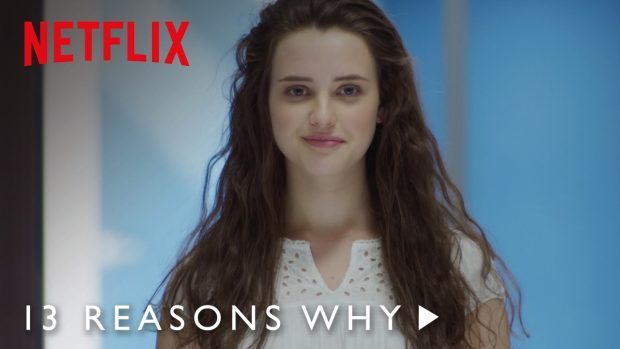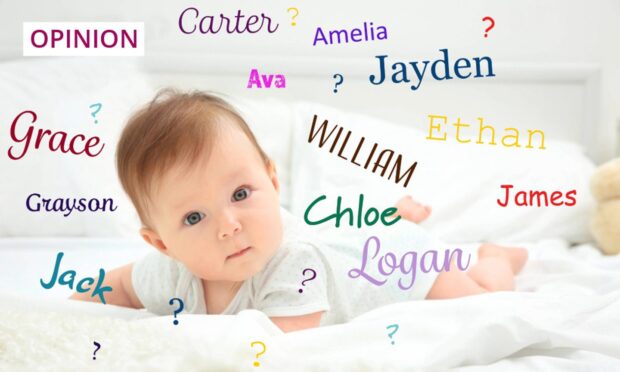13 Reasons Why, the show which tells the story of a teenage girl who commits suicide, recently premiered on Netflix and it seems as though everyone is talking about it.
If you haven’t watched it, you probably know someone who has.
Did you know depression and mental health issues are the leading cause of suicide in teens?
Many mental health professionals and charities have criticised the show for not focusing on these issues, and instead, glamorising suicide through its fantasy revenge plot.
Whilst we would advise anyone watching the show to remember it’s a piece of drama, not a depiction of reality, we can’t argue that the show has generated a huge discussion on young people’s mental health.
Next week is Mental Health Awareness Week – which aims to promote national conversation on what we can do to help those with mental health issues and, in particular, young people.
So, just how damaging is depicting mental health issues in young people in TV and film? This depends on how sensitively it is portrayed.
Copycats
For those already exhibiting suicidal thoughts and feelings, watching TV shows such as 13 Reasons Why may act as a trigger for some people to consider suicide. According to one study, copycat suicides are up to four times higher in young adults than in other age groups. Copycat suicide has been an issue over social media for some years.
Portrayal of mental health
As is often the case in Hollywood films, mental health issues are often portrayed through the crazed murderer in a horror film – as the psychopath or sociopath figure which is the extreme end of the spectrum.
This can generate fear in the viewer, associating mental health with violence, which can then stigmatise those suffering with mental health issues. In reality, only a small percentage of people will go on to commit a violent crime.
You’re not alone
However, watching a character in a TV show or film who is going through a similar experience to us can make us feel as though we’re not alone which can provide comfort for some.
For example, even though she’s a woman in her 30s, Homeland’s portrayal of the main character’s bi-polar disorder has often been hailed as providing an accurate representation of the illness.
Gets us talking
One of the most important things about showcasing mental health issues in young people in the media is to create awareness and get us talking about it.
This helps to ensure there isn’t a stigma attached to various conditions – mild, moderate or extreme, and encourages young people to open up about their issues and talk to someone before things become too much to bear.
Films and TV shows often encourage discussion and debate, and can sometimes force us to think about our own mental health.
With suicide being the leading cause of death among young people aged 10-34 in the UK, and with suicide rates increasing, we need to ensure people keep talking about mental health, especially in the media.
Recent efforts by the young Royals to reduce stigma in mental health in young people goes a long way to helping raise awareness.
If TV shows such as 13 Reasons Why are promoting these types of discussions, then this in itself is a positive outcome for people suffering with mental health issues.
Talking to someone, whether it’s a friend, family member or counsellor, is the first positive step to take if you, or anyone you know, is suffering from mental health issues or suicidal thoughts.










